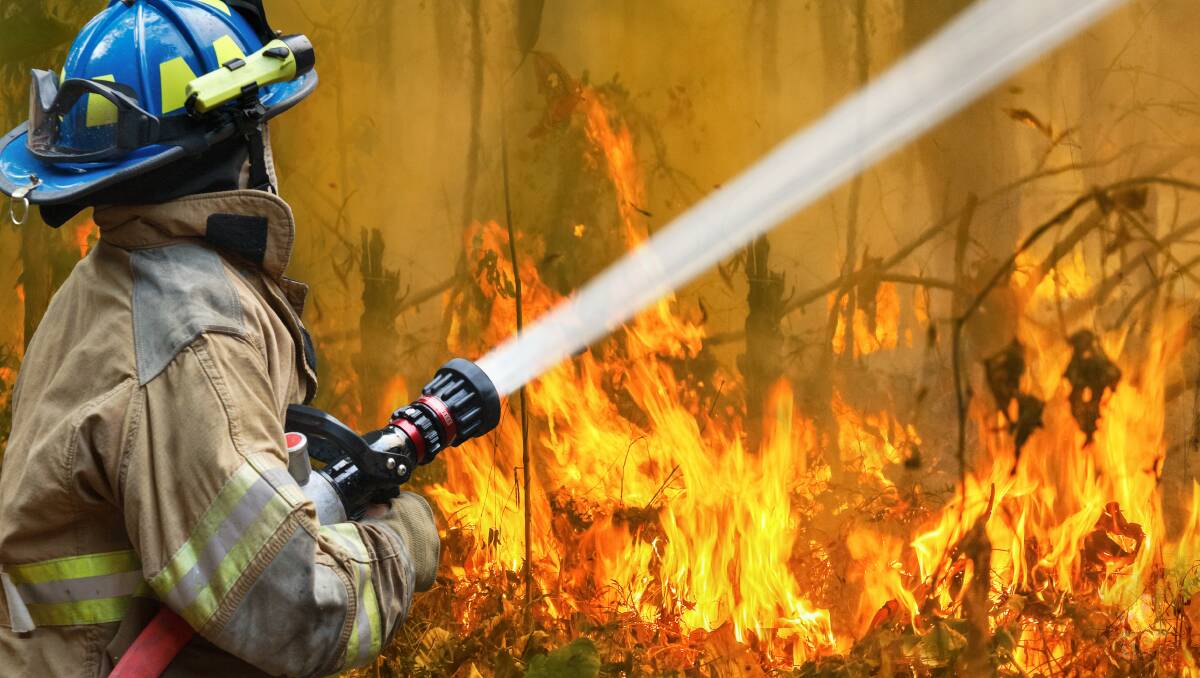
Just over a year ago we were coming out of one of the worst bushfire seasons on record – 18.6 million hectares burnt out across the nation; 34 lives lost; 2,600 homes; 1 billion animals.
It was also a year ago that we went in to a virus-induced lockdown and the world changed so quickly that the completed bushfire season was instantly on the backburner.
We are well on our way towards a solution for COVID-19 but there is no vaccine for bushfires. It was as far back as 2008 that the Garnaut Climate Change Review said that “fire seasons will start earlier, end slightly later, and generally be more intense. This effect increases over time, but should be directly observable by 2020.”
Professor Garnaut was spot on with his prediction – and the outlook will get worse before it gets better.
But some supernovae located up to 4.7 billion light years away may actually help us create a solution.
Astronomers looking for new supernovae had to design a method to eliminate the background data and focus on the point of light generated by the collapsing star. The same logic can be applied to fires.
Fires emit light in the visible spectrum as well as at other frequencies. Satellites can snap images in the 3.9 micron band which is invisible to the human eye. By recognising points of light at this frequency, bushfires can be spotted before they are actually bushfires. The researchers claim that 65 per cent of fires can be spotted within one minute of starting and 99 per cent of fires within five minutes.
Researchers claim that 99 per cent of fires can be spotted within five minutes of starting.
Authorities typically rely on triple zero calls to learn about a bushfire. You can imagine the inherent delays with this methodology. The fire has to be large enough for someone to see it and then someone has to actually notice it.
Fires are not particularly helpful where they start or when they start. They can start in remote areas and they can start in the middle of the night. By the time someone actually notices a fire and calls 000, the fire may be a raging inferno.
We have all seen footage of water bombers dropping up to 40,000 litres of fire retardant on an established bushfire. It seems to have little impact … but … drop fire retardant on a fire shortly after it starts, before the temperature in the reaction zone reaches 1,600°C; before the radiant heat flux of the flames reaches 150kW per square metre, and you have a much better chance of extinguishing that fire.
We aren’t quite there yet though. Despite the fact that in the 2020 California fire season this technology was able to detect 850 fires in their embryonic states, better photography from satellites at lower heights will improve the accuracy of detection. Currently geostationary satellites are being used. They sit at 35,786km above the earth. Dedicated satellites will be launched that will sit in Low Earth Orbit (LEO) of only several hundred kilometres above the earth.
With better imagery and closer to the earth, their accuracy will improve over current models. Of course, spotting the fires is one thing. Getting water to it is another. Separate work is being done on automated water gliders to deploy as quickly as possible after a fire is spotted by the early detection system to prevent a small fire becoming a disaster.
As incredible as it all seems, these systems should be up and running in a semi-automated manner within years not decades.
Tell me if you think there is an end to human ingenuity at ask@techtalk.digital.
- Mathew Dickerson is a technologist and futurist and the founder of several technology start-ups.
